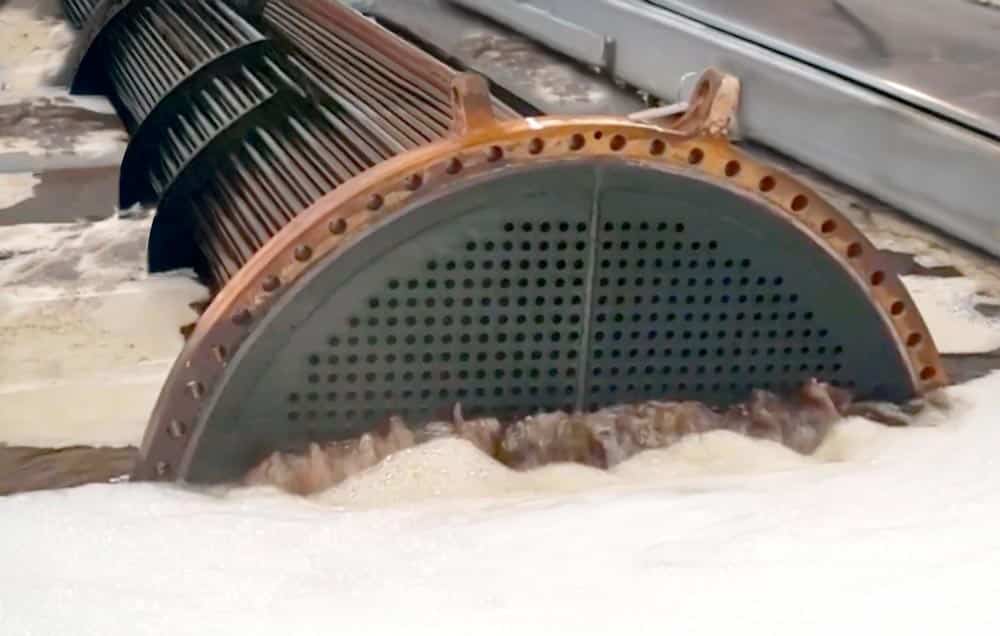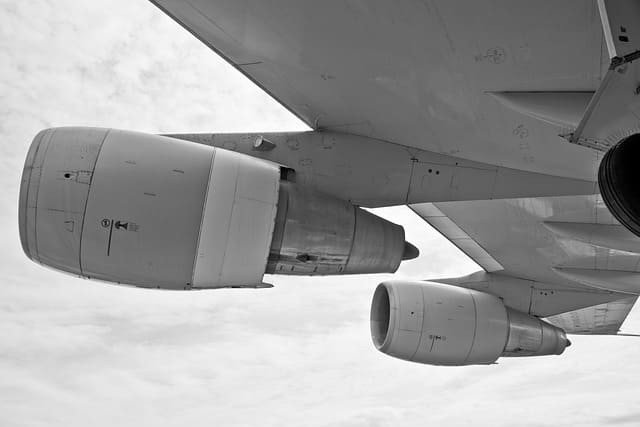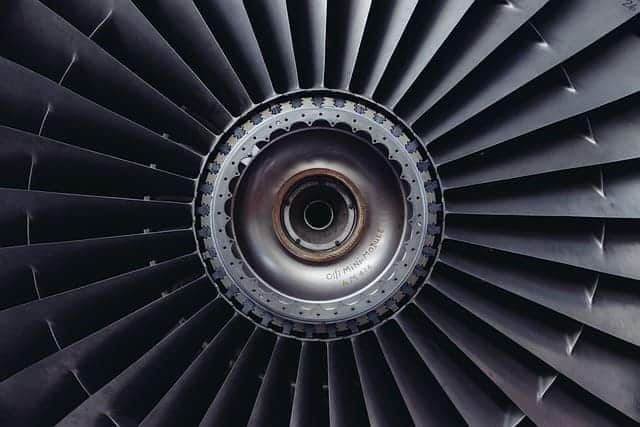What is metal pickling?
Stripping is a process used to remove surface coatings such as varnishes, paints, lacquers, and other materials. It is primarily used for maintenance or restoration tasks. It is commonly used for components that have suffered surface wear or when previously painted parts need to be repainted to restore their original appearance or functionality.
It is generally not used on delicate or high-precision components, as few of these components have surface coatings, and therefore, it is not necessary to remove them with pickling. On the other hand, the pickling process does not remove contaminants. Although it may remove some, this is not its primary objective.
How is metal pickling done and what types of pickling are there?
Metal pickling can be performed using different methods, depending on the type of material and the desired result. Some of the most commonly used procedures include:
- Chemical Stripping: Uses chemicals (acids or solvents) to dissolve layers of paint, varnish, rust, or grease. The procedure involves first cleaning the component, then dipping it in or applying the chemical. The chemical is then left to soak, then removing the residue with pressurized water, a brush, or a jet of air, and drying the part. This procedure is effective for components with irregular surfaces or complex geometries.
- Thermal stripping: Heat is used (using ovens or hot air guns) to carbonize and remove surface coatings. The procedure is to place the part in an oven or apply direct heat. The part is then cooled, and the residue is removed with brushes or abrasive blasting. It is commonly used on metal frames or painting hooks.
- Mechanical stripping: Abrasive methods such as sandblasting, shot peening with metal beads, or manual or mechanical sanding or brushing are used to remove adherent surface layers. Finally, the generated dust is cleaned. Its use is very common on flat surfaces or large structures.
- Ultrasonic pickling: Uses ultrasonic waves combined with cleaning solutions to efficiently remove contaminants without damaging the part. Its advantages include its precision and the fact that it is a non-aggressive method. Its advantage over chemical pickling is that it adds the microbrushing effect produced by ultrasound, enhancing the effect of the chemicals. This type of pickling is very effective for all types of parts, including smaller parts with all types of cavities and complex geometries.
The choice of the appropriate method will depend on factors such as the size, material, geometry of the part, and the sensitivity of the subsequent process. Generally, ultrasonic pickling is the fastest, most efficient, safest, and most effective process in all cases, which is why its use is becoming increasingly widespread.
Uses and applications of pickling
Pickling has multiple applications in industry, including the following:
- Preparing surfaces for new coating treatments: Before applying coatings such as paint, galvanizing, or anodizing, pickling ensures optimal adhesion. For example, on car rims and steel drums.
- Industrial parts recovery: Used to remove paint or other treatments from parts that have lost part due to wear so they can be refinished later. For example, it’s used for hooks, brackets, or machine parts used in painting processes or in the manufacturing industry.
- Restoration of pieces: In the restoration and conservation sector, pickling is essential for recovering metals affected by time and wear. This allows for restoring the existing surface finish.
- Removing defective coatings: When a layer of paint or coating does not meet quality standards, stripping allows it to be removed without damaging the base part.
- Removing surface treatments for inspection: Layers of paint or varnish are removed to detect cracks, imperfections, or defects on the surface of the material. This is used for parts requiring quality inspection where the surface coating may hide defects.
Pickling is a key process for cleaning and preparing metals across multiple industrial sectors. Choosing the right method ensures efficient cleaning without damaging the material’s properties. At BRIO Ultrasonics, we offer advanced pickling solutions, providing an efficient, safe, and sustainable process for modern industry.






